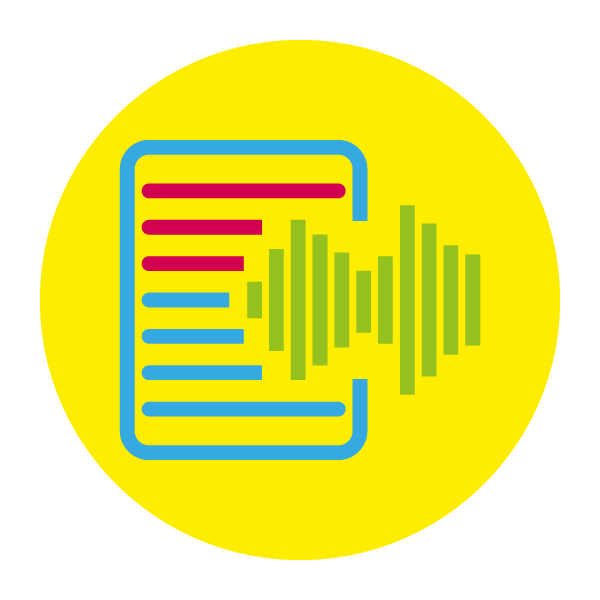How to analyse the content and form of hate speech

Analysing the content and form of the hate speech may involve certain critical discourse analysis skills and is not easily quantifiable. The experience of the evaluator is key in determining this part of the analysis. The parameters we are proposing are below.
 Criteria to be considered
Criteria to be considered
Degree to which the expression is provocative or aggressiveness of the message
The answer options we are proposing, in order of severity are the following: “Low degree of violence”, “Moderate degree of violence”, “High degree of violence”. When analysing the expression, attention must be paid as to whether, and to what extent, it contained charged words or phrases that are known to elicit negative reactions in the audience towards the group targeted by the hate message.
Form taken by the expression
Some forms of expression benefit from a higher degree of protection than others. It is therefore important to make the distinction between protected and unprotected forms of expression. The most common forms of protected forms of expression are artistic expressions, religious expressions, academic discourse and research and public interest discourse (understood as a critical approach to issues of high public interest).
It is important that a distinction is made between the speaker actually engaging in forms of expression that are protected and them disguising their speech as one of these protected forms (e.g. racism disguised as academic discourse by citing obscure, obsolete theories generally considered by the academic community as untrustworthy or previously proven wrong or aggressive homophobic speech backed by references to religious texts disguised as religious expressions).
How direct was the message?
The expression that is being analysed can be openly hateful, or it can try to just suggest the hateful message by using metaphors or other figures of styles. Openly hateful messages containing calls for action tend to be more easily understood as such by the audiences. Therefore, they also tend to be more severe than the hidden ones. The answer options we are proposing are “Direct” and “Indirect”.
Degree to which the message can be considered a call to action
This criterion is to be analysed together with the directness of the message. Some hateful messages tend to convey nothing more than the opinion of the speaker regarding the targets of the expression, while others encourage people to act against those targets either directly or indirectly through varied discursive techniques such as suggesting that the harm brought by the targets is imminent or supported by the elites. The answer options we are proposing are “No call to action”, “Could motivate some people to take action”, “Mentions / suggests actions to be taken against the targets of the expression”.
Correlation with other dominant hate narratives
Messages that piggy-back on dominant hateful narratives tend to be more easily accepted by the audiences already favorable to the hateful narratives and so, they can be more harmful. Expressions that aim at creating new hateful narratives are harmful too, but, unless they are being disseminated in a concentrated manner (as shown by the analysis done under "Extent of the speech"), they are less likely to be accepted by the audiences. The answer options we are proposing are the following: “No correlation with dominant hate narratives”, “Some correlation with dominant hate narratives”, “Expression of a dominant hate narrative”.
Legal status of hate message
Some countries have clear provisions on what types of hate speech are punishable under criminal law. To see a collection of national law provisions on this topic, you can access the country-specific information provided by the members of the International Network against Cyber Hate.
